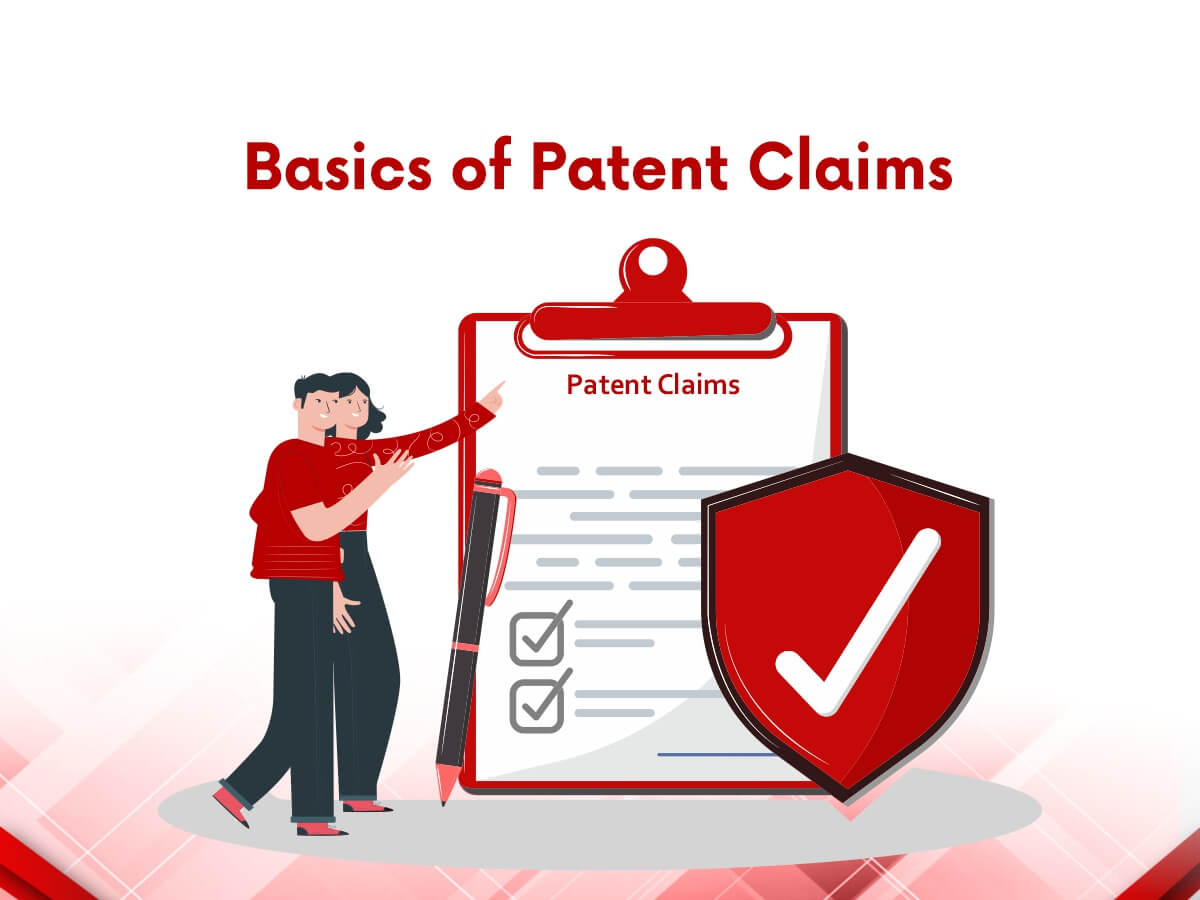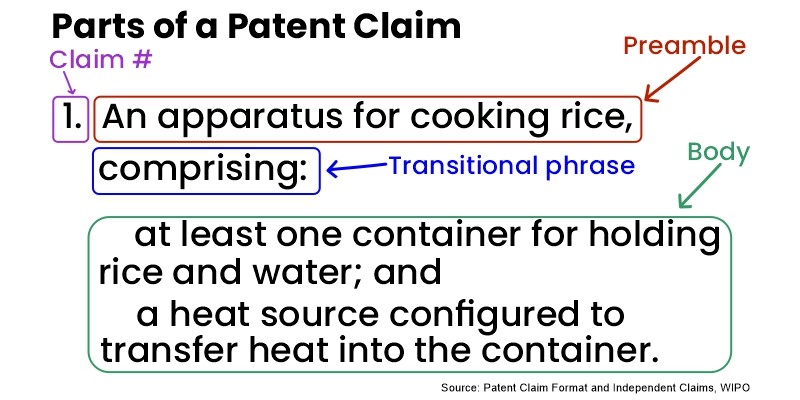Subscribe our newsletter
Please Subscribe our news letter and get update.

The way a fence describes the boundary of a property, in a similar way patent claims define the scope of protection offered by a patent. Patent Claims are the legally operative part of a patent application & determines if invention fulfills the patentability criteria.
While courts in different jurisdictions may use different legal concepts to interpret claims, the most common interpretation holds that the claims define the boundaries of patent protection (known as peripheral claiming). Thus, the claims are a textual approximation of the inventor’s abstract idea. In this blog, we will cover, “Basics of Patent Claims”.
History of Patent Claims
Earlier, patent claims didn’t exist and the scope of patents was determined in the court proceedings during patent infringement cases by reviewing the filed invention’s description. But this didn’t work and the need for patent claims emerged to define the boundary of the invention.
Therefore, claims served the purpose to explain what inventor perceived their invention while filing the patent. Today, claims serve as the foundation of any innovation and establish the protection provided by a patent.
Any party with an interest in the patent, including the courts, will normally start their examination of the invention with the claims. A patent examiner will also assess the claims in a substantial examination patent system before granting a patent, giving the public and the courts some comfort that the patent does not go above the maximum level of protection that the inventor should be granted.

Preamble: Preamble is the first section of a Patent Claim and also an introduction identifying type of innovation that will be claimed. It defines the invention’s category and gives the invention a setting. To avoid limiting the scope, preamble should not describe any operational characteristic. It should match the invention’s title.
For Example –
“A method for,”
“An apparatus,” etc.
Transitional Phrase: Transitional Phrase of a claim succeeds the preamble. It connects the preamble to the body of the claim and typically begins with the word “comprising” or “consisting of”. The transitional phrase indicates that the elements listed in the body of the claim are all the elements that are necessary to practice the invention. A transitional phase’s terminology specifies whether a claim is “open,” “closed,” or “partially open.” While language like “including” or “comprising of” denote an open assertion, words like “consisting of” are seen as restrictive.
Body: After the transitional phrase comes the body of a claim. The body lists the elements of the invention in a hierarchical order i.e., from the broadest to the most specific element. Each claim element in the body depends on the element that comes before it. All explanatory limits describing the invention are contained in the claim’s body. It also explains the connections between many components of the invention. Here, the precise claim’s contents are listed in an understandable way.
Every claim adheres to a specific format and pattern. A comma separates the preamble from the transitional word, while a colon separates the transitional term from the body. The various components of the invention listed in the claim are divided into separate paragraphs and set off from one another by a semicolon.
Patent Claims specify the limits of the invention and what is covered by a patent, therefore they are important component of Patent Application. Broader Claims offers more protection, however they should be drafted accurately & concisely to explain the innovation, while being broad enough to provide sufficient protection. Too broad claims can be declared invalid, whereas too narrow claims might not offer enough protection. Claims are essential to a patent’s enforcement in addition to establishing the protection it offers.
If someone has violated their patent, Patent Owner can file an infringement lawsuit. In such cases, court considers patent claims to decide whether the allegedly infringing product or method is covered by the patent.
Here are some tips for drafting patent claims:
The “Heart of a Patent” lies in its claims without them, a patent is essentially worthless. As all the rights that are granted to the inventor are provided by claims.
Drafting claims is a complex activity that requires the skills and experience of a professional. When properly written, claims sufficiently specify the level of protection offered to an invention and result in a high-value patent application to become a valuable asset in your company’s intellectual property portfolio, potentially saving millions of dollars in litigation expenses.
Please Subscribe our news letter and get update.
© Copyright 2024 – Wissen Research All Rights Reserved.